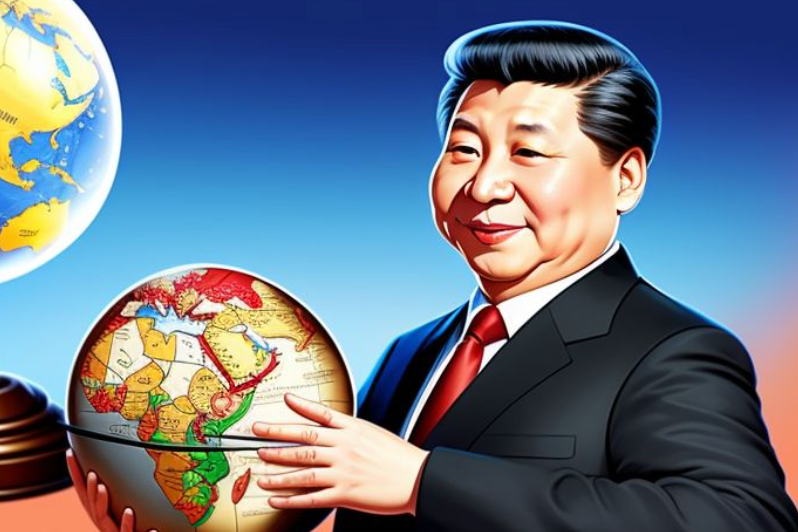$FXI $MCHI $BABA
#ChinaEconomy #ChinaMarket #IndustrialProfits #ChineseStocks #EconomicCrisis #ManufacturingSector #StockMarket #GlobalTrade #ChinaPolicy #ChinaGDP #Investing #MarketCrash
China’s industrial profits continued to crash in September, showcasing another significant decline that has ignited concerns about the nation’s economic recovery. Industrial profits fell sharply for the month as companies across various sectors struggled under the continued pressure from weakened demand both domestically and abroad. The severe slowdown is attributed to China’s inability to regain economic momentum after pandemic restrictions were lifted, with supply chain disruptions, inflationary pressure, and weak global demand exacerbating the situation. The industrial sector, which makes up a substantial portion of China’s GDP, has been hit hard by this economic slump. With consistent declining output, investors and analysts are beginning to fear a prolonged downturn that could have ripple effects across the global economy.
Adding to the challenges is the struggle China’s policymakers face in restoring confidence in the economy. In recent months, multiple stimulus packages and promises to improve infrastructure spending have been unveiled, but these measures have yielded little success in stemming the industrial profit decline. Concerns have also arisen over the ability of the Chinese government to sustain social stability amid growing concerns of unemployment and widespread economic dissatisfaction.
One of the significant hurdles for China is its ongoing trade tensions with the U.S. and an overall decreasing level of demand from key markets. Trade wars, tariffs, and export bans have stifled China’s ability to capture new market share, especially in industries concerning electronics, manufacturing, and technology products which remain critical to its industrial empire. The decline in global demand for Chinese goods has also pressured the Renminbi, which has weakened against the U.S. dollar, compounding problems for companies with external debts or those reliant on imports.
Looking forward, experts predict that without a substantial policy shift or drastic demand recovery from both global and domestic consumers, the road to economic stabilization in China may be long and arduous. For investors heavily exposed to the Chinese marketplace, this poses a significant risk, as the ongoing volatility could cause further declines in stock prices across industries tied to Chinese manufacturing, technology, and exports. The interconnected global supply chains mean this industrial slump in China could lead to further disruptions elsewhere. Therefore, a watchful eye remains on Chinese markets to gauge whether central authorities’ efforts will eventually bear fruit or if China is headed for deeper economic distress in the coming months.











Comments are closed.